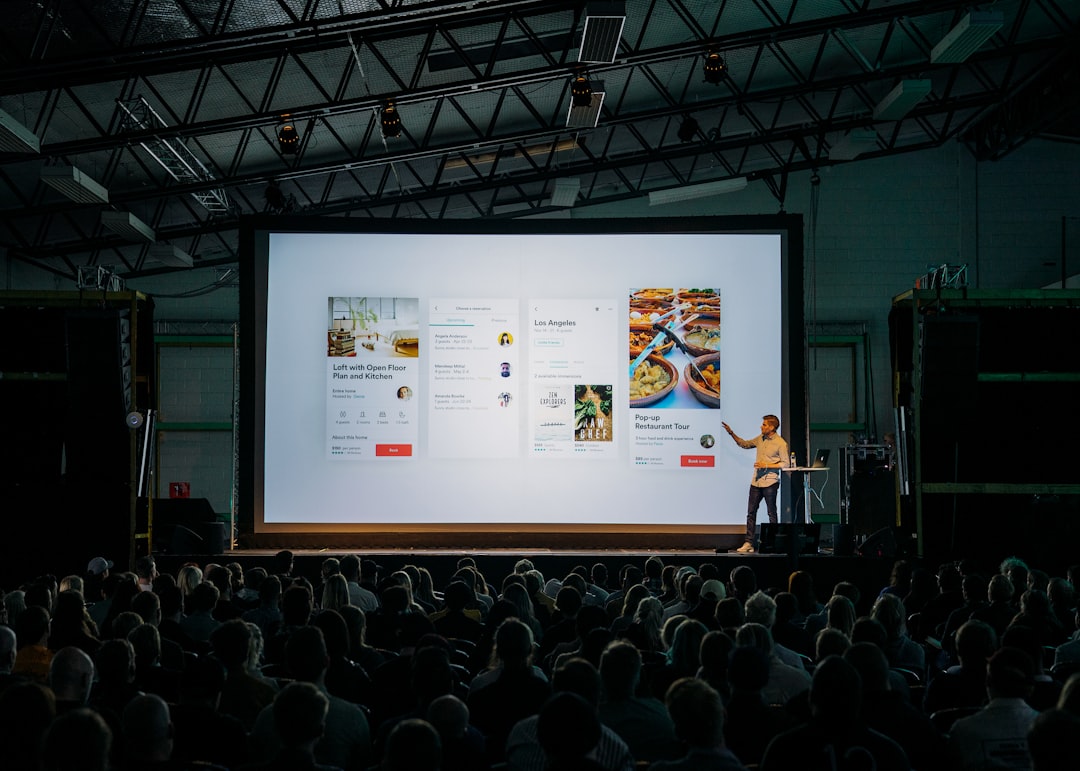Imagine this: after weeks of research, interviews, and coffee-fueled brainstorming sessions, your team has uncovered a golden insight about your target market — one that could shift brand perceptions, open up untapped demand, or create a whole new category. Now comes the crucial next step: turning this insight into a compelling business pitch. Whether you’re proposing a campaign to internal stakeholders or presenting to external clients, the strength of your pitch deck determines whether your brilliant idea gets the green light or ends up in the “revisit later” pile.
So how do you structure a pitch deck that’s not just smart, but irresistibly market-led? One that bridges insight and strategy with clarity, flow, and just the right hint of boldness? In this article, we’ll walk through the key components of a market-led proposal deck — from unveiling the core insight to painting the business potential — and how you can connect the dots in a way that sparks decisions.
1. Start with Context, Not Conclusions
Begin by setting the stage with relevant market context. Your audience should feel immersed in the world of the customer right from the first slide. This is not the place to pitch just yet — it’s where you show that you’ve done the work to understand the reality of the market.
- Define the problem: Clearly articulate the market challenge, misalignment, or emerging need. Use data to support your claim.
- Highlight shifting behaviors: Think macro and micro — from cultural attitudes to tech-driven habits.
- Humanize the data: Introduce qualitative snippets or behavioral anecdotes that bring the numbers to life.

This section should leave your audience nodding in agreement, hooked by the relevance and timeliness of the insight you’re about to reveal.
2. Reveal the Market Insight
Now it’s time to unveil your core insight — the lens through which everything else in the pitch will come into focus. A strong insight doesn’t just regurgitate the data; it extracts meaning from complexity and reframes the opportunity.
Ask yourself:
- What truth about the market are we seeing that others aren’t?
- What customer tension can this brand uniquely resolve?
- How does this insight challenge the status quo?
State the insight clearly — often in a single, punchy line. It should be something your stakeholders can repeat and rally around. Build this section with both logic and storytelling: support it with evidence, but also with emotion.
3. Connect the Brand Relevance
This is where your proposal starts to pivot from diagnosis to design. You’ve identified the market insight — now, anchor your brand or client in that opportunity. Why is this insight especially relevant to this brand, right now?
Frame the connection:
- Does the brand have credibility in this space?
- Is it uniquely positioned to tackle this tension?
- Can it do something culturally meaningful or advantageously disruptive?
Here, you want to shift your audience’s focus from “what’s happening out there” to “what could happen if we step in.” Use brand truths, audience alignment, and competitive whitespace to show how there’s strategic harmony between insight and involvement.
4. Lay Out the Strategic Platform
The insight gives you a foundation, but the strategic platform shows what to build on it. This is where your core communication or brand strategy emerges — an idea that should feel both inspired and inevitable given the context provided.
This strategy should be:
- Simple: A single-minded thought or direction that aligns the team.
- Bold: Something that takes a stance or introduces a new narrative.
- Flexible: A platform that can shape multiple creative or business expressions.
Many effective decks use this moment to distill the strategy into a mantra or positioning line. Think “Empowering Everyday Innovators” or “Reclaiming Rest in a Burnout Culture” — ideas that feel bigger than a campaign, but sharper than a mission statement.
5. Bring the Idea to Life Creatively
Once the strategic foundation is clear, move into the creative expression of your vision. Concept this as if you’re already selling the approved idea — because in essence, you are.
- Show core activations: Paint the picture of campaigns, experiences, or partnerships.
- Use mockups or prototypes: Make it as tangible as possible without diving too much into executional weeds.
- Reflect real-world integration: Demonstrate how the idea shows up across customer touchpoints.

Importantly, creative examples should illuminate the strategic idea — not diverge from it. Even bold creative should trace back directly to the insight you began with.
6. Articulate the Business Impact
Creativity gets attention, but clarity wins buy-in. The next section should convincingly demonstrate the business case for your proposal. This includes quantifiable outcomes, risks mitigated, and value created.
Structure this part with:
- Market opportunity sizing: How big is the potential gain?
- ROI projections: What’s the expected return — whether in revenue, share, engagement, or perception?
- Measurement metrics: How will success be tracked over time?
If possible, include ROI modeling, past case studies, or analog brands that have succeeded with similar approaches. This isn’t just about financials — it’s about reinforcing your proposal’s role in advancing broader business objectives.
7. Plot the Plan Forward
Close with a clear action plan. This is your chance to turn momentum into movement. Lay out concrete next steps, ideally in three tiers:
- Immediate: What decisions or approvals need to happen now?
- Near-term: What resources, alignment, or roadmaps are required in the next 1-2 months?
- Long-term: How does this initiative evolve, scale, or become embedded?
This section sends a signal: “We’ve thought it through, and we’re ready to go.” It also shows that your idea isn’t just a conceptual exercise — it’s actionable and outcome-driven.
Final Thoughts: It’s a Story, Not a Stack of Slides
Market-led decks succeed when they do more than inform — they inspire and activate. Treat your proposal as a narrative, not just a reporting tool. From early momentum to final conviction, your deck should tell a story that connects:
- what’s happening (the insight)
- why it matters (the strategy)
- how we respond (the idea)
- what we gain (the impact)
When structured well, the distance between “good idea” and green-lit initiative becomes a whole lot shorter.
Remember: In a world flooded with information, it’s insight that captures attention — but it’s structure that drives decisions.
